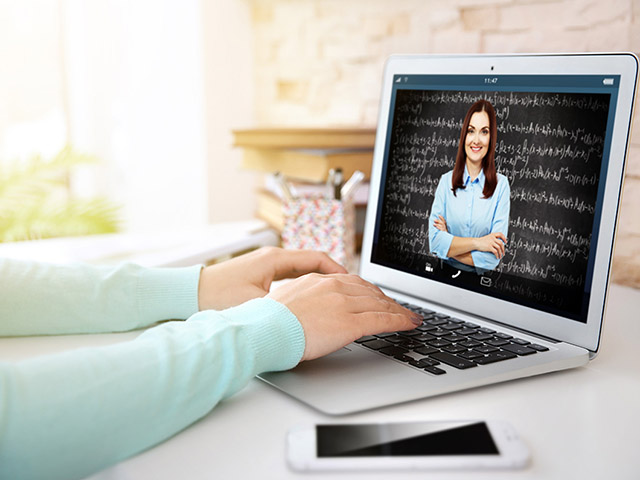The workplace of the future is here – and it is driven by technology
By Staff Writer 7 August 2020 | Categories: feature articles
The Covid-19 pandemic has changed our relationship with the workplace forever – and it could be the catalyst for a new generation of technology-enabled office buildings that focus on convenience, accessibility and personal safety.
While most businesses have been looking at ways of technologically optimising their offices and workspaces for some time now, the pandemic has accelerated the process for many companies, says Jonel van Schalkwyk, a Senior Product Manager at Itec Integrate.
“The so-called ‘Intelligent Workplace’ is all about using technology to create organisational efficiency. To do this, businesses and their service providers consider aspects like convenience, accessibility, personal safety, and the ability to work remotely,” she adds.
An intelligent workplace consists of several inter-dependent layers of technology which combine to form a well-functioning ecosystem. This ecosystem starts with infrastructure, access and connectivity as the foundation. This enables key elements like voice calling, telephony and unified communications; remote working voice and video conferencing; contact centres; software applications and cloud-based solutions; and a host of complementary – and equally critical - elements like security and enterprise software.
The exact form of the intelligent workplace of the future is still unclear at this stage, and is likely to evolve rapidly in the coming years. However, what is certain is that it will be built on technology, and it will have three key qualities: Contactless, Connected and Collaborative.
Contactless is key
Itec says demand for contactless access and security solutions in commercial buildings is booming. That means goodbye to old-school access cards and even biometric fingerprint readers – and definitely goodbye to tatty visitors’ books that need to be laboriously filled in. Modern buildings are already using biometric facial recognition technology to manage access for employees and visitors, and with COVID-19 a fact of life, they are supplementing this with thermal sensing solutions that automatically read every person’s temperature and log them for future reference.
“Facial recognition technology securely simplifies access control, as authentication can’t be lost or forgotten; and it ensures the right people can access the right areas at any given time. Furthermore, a hands-free authentication process makes for a far more hygienic way to keep staff and clients safe from unnecessary physical contact with devices,” says van Schalkwyk.
Connected irrespective of locality
COVID-19 has already demonstrated the possibilities that working remotely brings. What businesses are looking for now is advanced technology infrastructure and multi-functional meeting spaces that can integrate with software tools and platforms to allow employees to stay connected wherever they are.
“Every workspace needs a secure and reliable connectivity medium such as fibre, wireless or mobile technology to connect to their business, colleagues and clients. This allows unified communication platforms and tools, like video and voice conferencing solutions, creating an environment and sense that colleagues and clients are right there in the room with you,” she continues.
Collaborative by design
In its simplest form, collaboration means enabling people to talk to each other, and be able to share ideas and information quickly and easily. The modern emphasis on collaboration reflects new ways of working and interacting in the workspace – whether physically or virtually, depending on business practices and confidentiality of information.
“Modern technology solutions allow you to interact, collaborate, exchange and co-edit documents and information with your business and team members as if you were sharing a meeting room or working space.
“We’re experiencing a constant cycle of technological developments, transforming how we work and play, ultimately creating more productive and efficient ways of living. Our future will be defined by the way we adapt, adopt and combine technology Intelligently in and with the workplace, irrespective of our location,” she concludes.
Most Read Articles

Have Your Say
What new tech or developments are you most anticipating this year?



